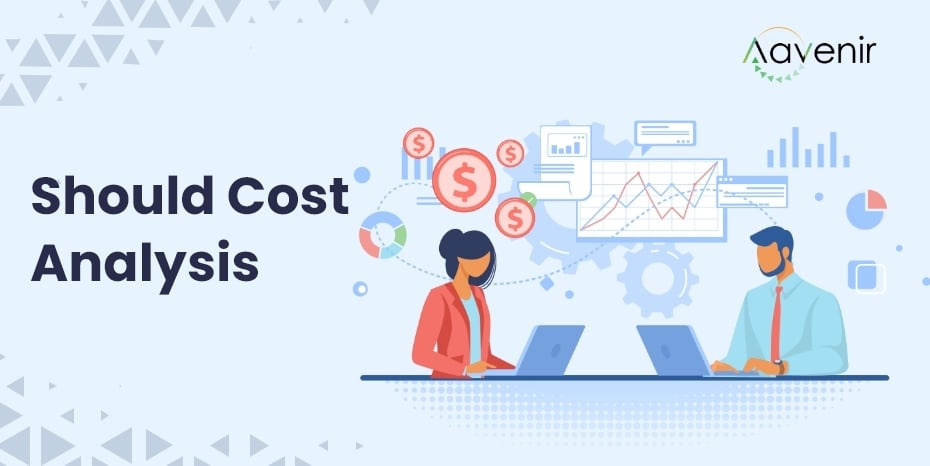Should Cost Analysis
Should costing is an analysis, conducted by a customer, of the supplier’s expenses involved in delivering a product or service or fulfilling a contract. The purpose of the should-cost analysis is to assess an appropriate figure to guide negotiations or to compare with a figure provided by a supplier.

Understanding Should Cost Analysis
The should-cost analysis is the process of building and understanding the elements that make up the cost of a product or service. It’s also commonly known as cost breakdown analysis, clean-sheet costing, open-book costing, should costing, teardown analysis, price breakdown analysis, or supplier cost analysis.
Should cost analysis (“should costing”) was developed by the Defense Department to assist procurement officers in determining fair and reasonable pricing and today is embedded in government procurement practices via the Federal Acquisition Regulations (FAR). It was adopted by industry beginning in the 1980s, and today is the dominant technique used by best-in-class outsourcing companies like Apple and Cisco. Should cost analysis involves determining what a product should cost based on materials, labor, overhead, and profit margin.
How To Write Purchase Descriptions To Grow Business?
The following steps briefly outline our approach to should-cost analysis/cost breakdown analysis:
1. Data Collection
The cost clean sheet consultants identify product or service data for analysis by obtaining information from sources such as Enterprise Resource Platform (ERP), Bill of Materials (BOM), spend/purchasing data, and invoices.
2. Systematic Expansion
The crucial next step in the process is to expand upon all components of the following six key cost drivers, namely: materials, labor, conversion costs, overheads, logistics, and profit.
3. Determining Cost Drivers
Once all relevant product/service data has been captured. Their critical components expanded, then it is necessary to scour various internal and external sources — including MRP/ERP/PLM systems, item masters, BOMs, primary and secondary research, open data sources, third-party databases, and professional associations — to determine the underlying cost drivers.
4. Developing Cost Insights
By analyzing the information obtained from the mentioned sources using proprietary tools and models, organizations need to develop crucial cost insights that help improve business value.

